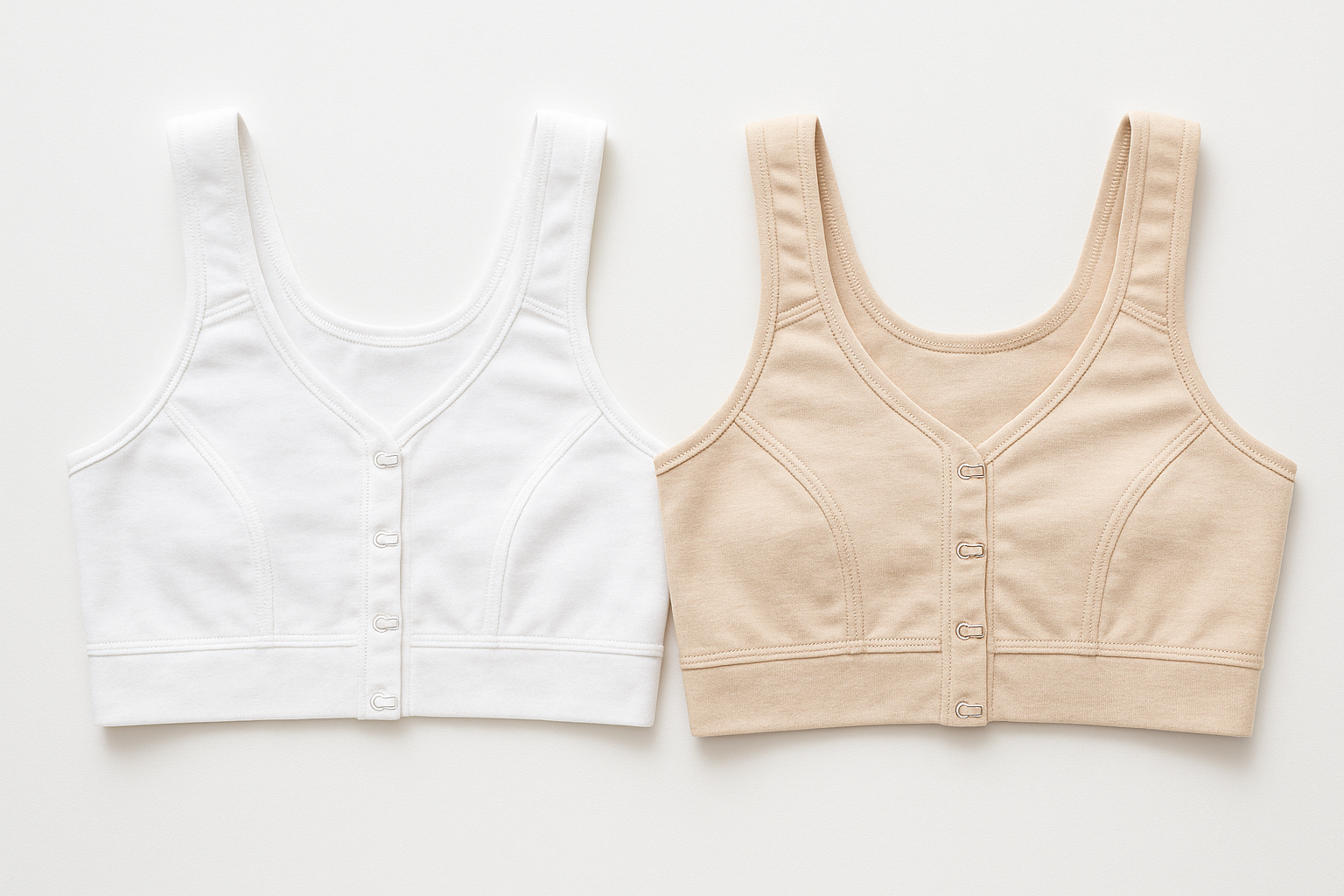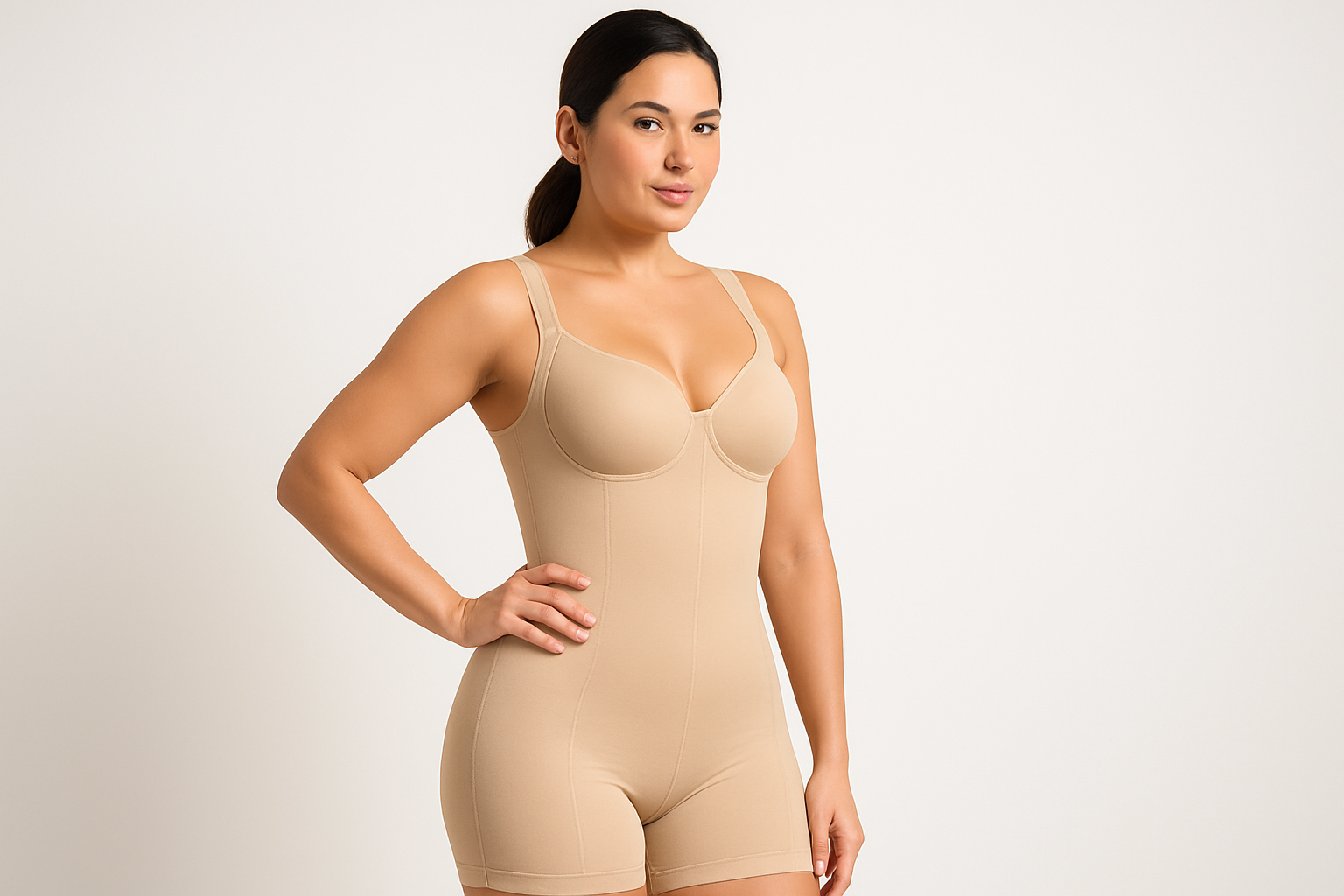BBL Recovery Resources

BBL Recovery Resources
cost of breast reduction surgery when considering insurance coverage
by Outline
on Aug 15 2025
Navigating the Cost of Breast Reduction Surgery with Insurance 🩺💰
Considering breast reduction? Beyond the desire for relief from physical discomfort and achieving a more proportionate figure, the financial aspect is a significant consideration. Understanding the breast reduction surgery cost and how insurance might play a role is crucial for making an informed decision.
Understanding the Base Cost: Reduction Mammoplasty Price
The sticker price for reduction mammoplasty cost can vary significantly based on several factors, including:
Surgeon's Fees: Experienced, board-certified surgeons typically charge more for their expertise.
Anesthesia Fees: The type of anesthesia used and the duration of the surgery will impact this cost.
Facility Fees: Whether the surgery is performed in a hospital, accredited surgical center, or the surgeon's private office will affect the facility charges.
Geographic Location: Costs tend to be higher in metropolitan areas compared to smaller towns.
Complexity of the Procedure: The amount of breast tissue to be removed and any additional procedures performed (like a lift) can influence the overall breast reduction price.
This means that questions like "how much will a breast reduction cost," "how much is a boob reduction," or "how much does a boob reduction cost" don't have a simple answer. The average cost of breast reduction can range widely.
The Role of Insurance: Can You Get Coverage?
The key question for many is: "breast reduction surgery cost with insurance"? While cosmetic procedures are generally not covered, breast reduction is often considered a reconstructive procedure when it addresses a medical necessity. Insurance companies may provide coverage if you meet specific criteria, demonstrating that the surgery is intended to alleviate medical issues such as:
Chronic back, neck, and shoulder pain: Caused by the weight of overly large breasts.
Skin irritation and rashes: Under the breasts due to excessive skin folds.
Breathing difficulties: Exacerbated by large breasts.
Limitations in physical activity: Due to breast size and weight.
Nerve pain: In the arms and hands.
To determine if your insurance will cover the cost of reduction mammoplasty, you will likely need to:
Consult with your primary care physician: They can document your symptoms and the medical necessity of the surgery.
Obtain a referral to a board-certified plastic surgeon: Choose a surgeon experienced in working with insurance companies.
Undergo a thorough evaluation: The surgeon will assess your condition and determine if you meet the criteria for medical necessity according to your insurance provider's policy.
Submit pre-authorization to your insurance company: This is a crucial step where your surgeon's office will provide documentation outlining the medical reasons for the breast reduction.
Keep in mind that insurance companies often have specific requirements, such as the amount of tissue that needs to be removed (usually based on body surface area and breast size) to qualify for coverage. They may also require a documented history of conservative treatments (like physical therapy or chiropractic care) that have been unsuccessful.
Understanding Your Policy: How Much Will Insurance Cover?
If your insurance approves your breast reduction, they will typically cover a significant portion of the how much does reduction mammoplasty cost, including surgeon's fees, anesthesia fees, and facility fees. However, you will likely still be responsible for your deductible, co-insurance, and any costs deemed non-medical. It's essential to have a clear understanding of your specific policy and what your out-of-pocket expenses will be. Asking questions like "how much is breast reduction surgery with insurance" to your insurance provider and the surgeon's office is vital.
What If Insurance Doesn't Cover It? Breast Reduction Surgery Cost Without Insurance
If your insurance doesn't cover the procedure, you'll be looking at the "breast reduction surgery cost without insurance." In this case, the "average cost of breast reduction" will be entirely your responsibility. Many surgeons offer financing options or payment plans to make the procedure more accessible. Understanding the "cost of breast reduction surgery without insurance" is crucial for budgeting and exploring all available options.
Key Takeaways on Breast Reduction Price
The cost of breast reduction surgery is variable.
Insurance may cover the cost of reduction mammoplasty if it's deemed medically necessary.
Understanding your insurance policy and meeting their criteria is essential for potential coverage.
If insurance doesn't cover it, be prepared for the "breast reduction surgery cost without insurance" and explore financing options.
Navigating the financial aspects of breast reduction can seem daunting, but with thorough research and open communication with your healthcare providers and insurance company, you can gain clarity and make the best decision for your health and well-being.
FAQ: Your Questions About Breast Reduction Surgery Cost
Q1: What is the average cost of breast reduction surgery?
A: The average cost of breast reduction varies widely depending on location, surgeon's fees, and facility fees. Without insurance, it can range from $5,000 to $12,000 or more.
Q2: Will my insurance cover breast reduction surgery?
A: Insurance companies may cover breast reduction surgery cost with insurance if it is deemed medically necessary to alleviate symptoms like chronic pain or skin issues. You will need to meet their specific criteria and obtain pre-authorization.
Q3: How much breast tissue needs to be removed for insurance to cover a reduction?
A: The amount of tissue required for insurance coverage varies by provider. They often use the Schnur Sliding Scale, which correlates the amount of tissue to be removed with the patient's body surface area.
Q4: What if my insurance denies coverage for breast reduction?
A: If your insurance denies coverage, you have the right to appeal their decision. You can also explore financing options or consider saving for the "breast reduction surgery cost without insurance."
Q5: Does the "breast reduction price" include anesthesia and facility fees?
A: The initial quote you receive may or may not include these fees. It's crucial to ask for a detailed breakdown of all costs involved, including surgeon's fees, anesthesia fees, and facility fees.
Q6: How can I find out "how much does it cost for a breast reduction" specifically for me?
A: The best way to get an accurate estimate is to schedule consultations with board-certified plastic surgeons in your area. They can assess your individual needs and provide a personalized quote.
- #advantages of compression clothing
- #average breast reduction cost
- #average cost of a breast reduction
- #average cost of breast reduction
- #average price for a breast reduction
- #bbl kit
- #bbl pillow near me
- #benefits of compression garments
- #benefits of compression leggings
- #benefits of compression pants
- #benefits of compression shirts
- #benefits of compression underwear
- #best bbl pillow
- #bra reduction
- #breast lift and reduction cost
- #breast reduction price
- #breast reduction prices
- #breast reduction surgery cost with insurance
- #breast reduction surgery cost without insurance
- #breast reduction surgery price
- #breast removal surgery cost
- #compression apparel benefits
- #compression clothing benefits
- #compression clothing for recovery
- #compression exercise clothing
- #compression outfit
- #compression sportswear benefits
- #compression suit benefits
- #compression tights benefits
- #compression wear benefits
- #cost of breast reduction surgery without insurance
- #cost of reduction mammoplasty
- #fajas colombianas
- #fitness compression clothing
- #how much are breast reductions
- #how much do breast reductions cost
- #how much does a boob reduction cost
- #how much does a breast reduction cost with insurance
- #how much does a breast reduction cost without insurance
- #how much does breast reduction surgery cost
- #how much does it cost for a breast reduction
- #how much does it cost for breast reduction surgery
- #how much does reduction mammoplasty cost
- #how much is a boob reduction
- #how much is a breast reduction and lift
- #how much is a breast reduction without insurance
- #how much is breast reduction
- #how much is breast reduction surgery with insurance
- #how much is it for a breast reduction
- #how much will a breast reduction cost
- #reduction mammoplasty cost

BBL Recovery Resources
The Truth About Compression Wear: Your Fitness Secret Weapon
by Outline
on Aug 15 2025
Can Compression Garments Help You Lose Weight? The Real Benefits of Compression Wear 🏋️♀️
You've likely seen them everywhere—from the gym to the grocery store. We’re talking about compression undergarments, compression apparel, and fajas. They’re popular for their body-shaping effects, but can they actually help with weight loss? Let's dive into the science behind compression wear benefits and separate fact from fiction.
Do Fajas and Compression Wear Actually Help You Lose Weight?
The short answer is no, not directly. Simply wearing a compression outfit or a compression suit will not burn fat on its own. The primary function of these garments is to apply gentle, consistent pressure to your body, which provides a host of other benefits that can support your weight loss and fitness journey.
The True Benefits of Compression Clothing
While they won't melt away pounds, compression clothing offers significant advantages that make them a valuable addition to your active lifestyle.
Improved Blood Circulation: This is a core benefit. The constant pressure from garments like compression tights and compression leggings helps to improve blood flow back to the heart. Better circulation means more oxygen gets to your muscles, which can reduce fatigue and improve your performance during workouts.
Reduced Muscle Soreness and Faster Recovery: This is one of the most popular reasons athletes and fitness enthusiasts use compression sportswear. By compressing your muscles, these garments can help reduce micro-tears and inflammation that occur during exercise. This leads to less muscle soreness and a quicker recovery.
Enhanced Performance: The support and improved blood flow can lead to better muscular efficiency. When you feel less fatigued, you can push harder and train for longer, which ultimately contributes to a more effective workout and greater calorie expenditure over time.
Support and Injury Prevention: Garments like a bra front zip or postpartum garments provide targeted support to muscles and joints, which can help stabilize them during intense movements. This reduces the risk of strains and injuries.
In essence, while the link between compression garments for weight loss isn't direct, the indirect benefits—such as improved workout performance and faster recovery—can help you stay consistent with your fitness routine. And as we know, consistency is the key to any successful weight loss journey.
FAQ: Your Top Questions About Compression Wear
Q1: Do fajas help you lose weight?
A: No, fajas do not directly cause weight loss. They are designed to provide support, improve posture, and give a slimmer appearance, but they do not burn fat or calories.
Q2: What are the benefits of compression pants for fitness?
A: The benefits of compression pants include reduced muscle soreness, faster recovery, improved blood circulation, and enhanced performance during exercise.
Q3: How do compression garments help with recovery?
A: Compression clothing for recovery works by reducing muscle vibration, which minimizes muscle damage. The increased blood flow also helps to flush out metabolic waste, such as lactic acid, which contributes to faster healing and less soreness after a workout.
Q4: Are there different types of compression garments?
A: Yes, there are many types of compression garments, including compression shirts, leggings, socks, and specialized items for medical purposes, such as postpartum garments or for use after surgery.
- #ab recovery
- #abdominal binder near me
- #advantages of compression clothing
- #bandage foam
- #bbl reduction
- #benefits of compression garments
- #benefits of compression leggings
- #benefits of compression pants
- #benefits of compression shirts
- #benefits of compression underwear
- #best stage 2 compression garment after tummy tuck
- #best strapless bra for breast implants
- #binding bra
- #body bandage wrap
- #body shaping company
- #bra front zip
- #bra with sleeves
- #bras with molded cups
- #brazilian butt lift chair
- #breast bands
- #breast contour
- #breast reduction before and after clothes
- #breast reduction procedure
- #butt implantation
- #butt lift straps
- #compression apparel benefits
- #compression clothing benefits
- #compression clothing for recovery
- #compression exercise clothing
- #compression fabric
- #compression garment for mons pubis
- #compression outfit
- #compression sportswear benefits
- #compression suit benefits
- #compression tights benefits
- #compression undergarments for weight loss
- #compression underwear target
- #compression waist
- #compression wear benefits
- #corset girdle
- #do fajas help you lose weight
- #face bra
- #facelift after surgery
- #fajas before and after
- #fajas for women
- #fitness compression clothing
- #gynecomastia brassieres
- #how long to wear compression bra after breast augmentation
- #how soon can i use silicone scar sheets after surgery
- #institute of beauty & wellness
- #ladies compression underwear
- #liposculpture recovery
- #liposuction wraps
- #mastectomy garments
- #mtf shapewear
- #pillow butt
- #plastic surgery recovery
- #plump butts
- #post shoulder surgery bra
- #post surgical clothing
- #postpartum garment
- #pressure garments
- #shaper for thighs
- #sports compression bra
- #stages of swelling after tummy tuck
- #what is a contour bra
- #whats a mommy makeover
